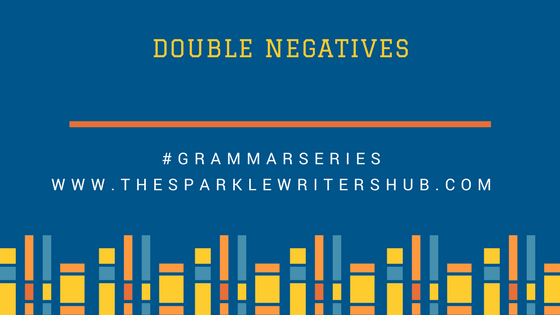
How long has it been since our last grammar post? One week right?
We can’t wait to talk about today’s topic because its about double negatives.
Double negatives are two negative words used in the same sentence. Using two negatives turns the thought or sentence into a positive one. However, double negatives are not encouraged in English because they are poor grammar and they can be confusing.
There is one rule you must know when it comes to double negatives
In standard English, each subject-predicate construction should only have one negative form not two.
Look at this example
- He’s going nowhere.
- He’s not going nowhere.
The first example is correct and the second negates the rule we just outlined.
Here are a few more examples of Double Negatives so we hope you know how to avoid them.
- Nobody with any sense isn’t going.
- I can’t find my keys nowhere.
- She never goes with nobody.
- John says he has not seen neither Alice or Susan all day.
- You can’t see no one in this crowd.
- There aren’t no presents left to open.
We hope you avoid making these kind of mistakes
Advertisements

Fab post! It’s funny how double negatives are a real no-no in some languages but in others, like French, they are used to emphasize the negative. Got to love the complexities of linguistics!
LikeLike